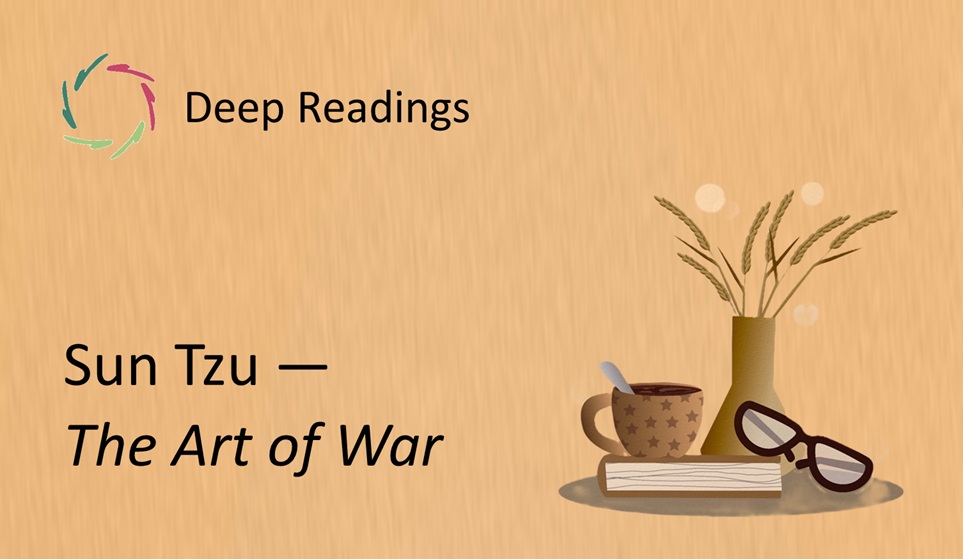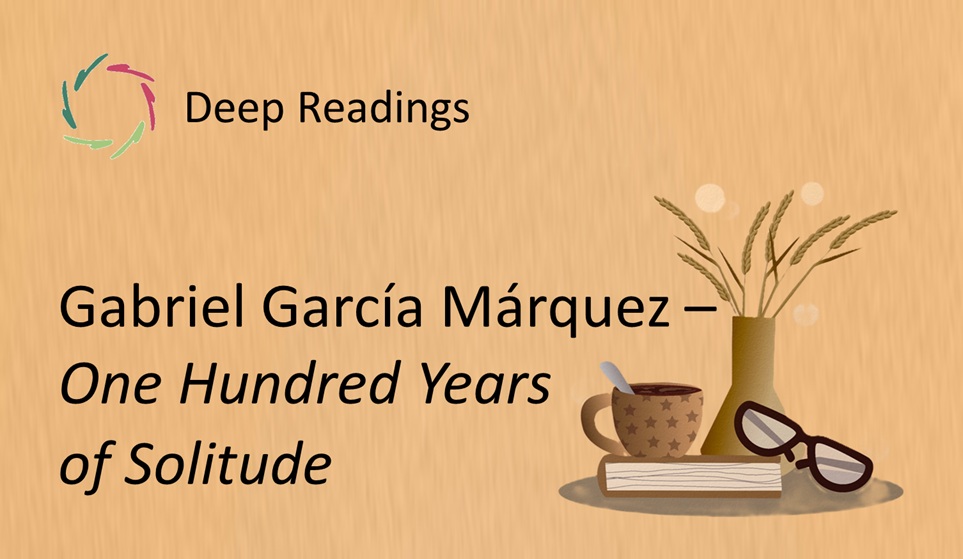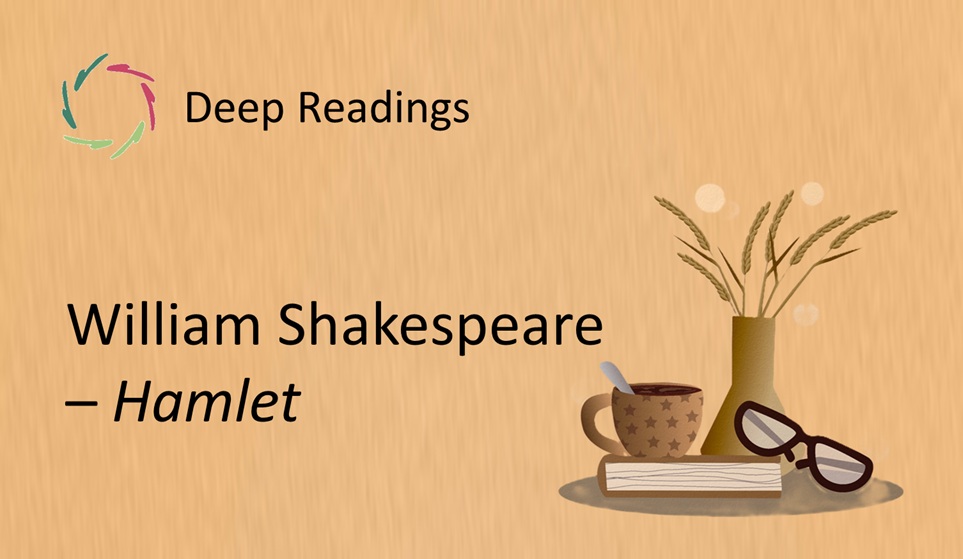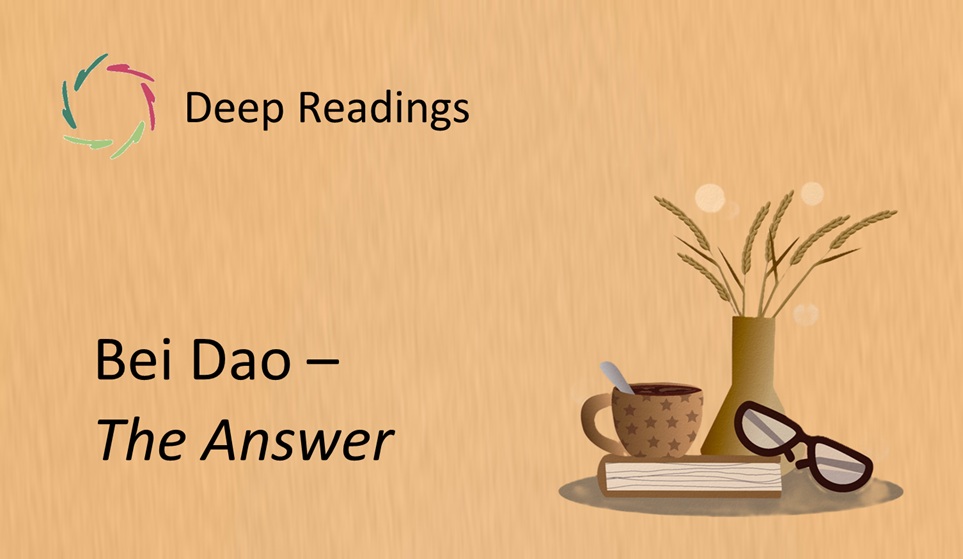Deep Readings: Sun Tzu ― The Art of War ― (~5th c. BCE)

The Fragment
“The supreme art of war is to subdue the enemy without fighting.”
(Public domain)
Contextual glimpse
The Art of War is a Chinese military treatise attributed to Sun Tzu, a strategist active in the Eastern Zhou period. Composed of thirteen concise chapters, it distills principles of leadership, discipline, and psychological insight. This line comes from the chapter on strategic attack, where Sun Tzu elevates foresight and diplomacy above brute force.
Here, “enemy” may mean a rival army — but also any opponent, conflict, or obstacle in life. The emphasis is not on defeating, but on resolving before harm is done.
Resonance
This is a vision of strength as subtlety. To subdue without fighting is to win without bloodshed — to shape conditions so that conflict dissolves before it ignites. It requires deep perception of motives, terrain, and timing.
Inwardly, it suggests a way of dealing with the “enemies” of the mind: fear, anger, despair. These too can be subdued not by suppression, but by understanding. Fighting them directly often strengthens them; meeting them with clarity and patience can make them vanish.
The art is “supreme” because it transforms both sides. A victory without wounds leaves space for future peace.
Why this may also be about you
You may meet situations where instinct pushes you toward immediate confrontation. Yet sometimes the wiser path is stillness — to see the whole field before moving.
This is not avoidance. It is mastery.
Lisa’s inspired, original idea about this fragment
Imagine holding a cup of water above a flame. You could fight the fire — or simply cover it, letting it suffocate.
The supreme art is not to crush what opposes you, but to make it unnecessary for it to oppose you at all.
Echoes
This line has traveled far beyond military strategy. It is quoted in business, politics, sports, and personal development. Leaders use it to frame negotiations as opportunities for alliance rather than conflict.
Its survival across cultures shows its universality: conflict is costly, and the greatest skill is often the least visible — the prevention of harm before it takes form.
Inner invitation
Think of a conflict in your life, large or small. Instead of picturing yourself fighting, imagine the conflict dissolving because conditions changed.
What would you need to understand, shift, or accept for that to happen?
Let this fragment live inside you for a while — as a quiet strategist’s compass.
Closing note
This is about the human being you are — capable of strength without aggression, of winning without leaving scars.
Peace, too, can be an art.
Lisa’s final take
The best battle is the one not fought.
Keywords
Sun Tzu, strategy, peace, conflict resolution, strength, wisdom, diplomacy, leadership, patience, foresight, transformation, nonviolence, mastery, subtlety


